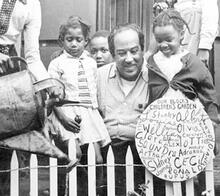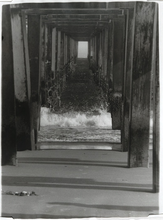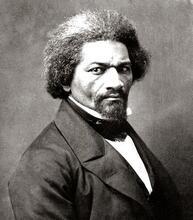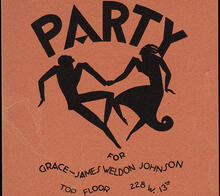Research and Collections

Collections, events, and news from the James Weldon Johnson Memorial Collection of African American Arts and Letters.

Through this research portal you can access resources on the Caribbean held in Yale University’s libraries and Museums. The website is intended to facilitate all aspects of research and teaching in Caribbean Studies. Yale has extensive opportunities for the study of the Caribbean, both in terms of the primary sources found in the university’s own collections and through subscriptions to external sources. Although by no means a comprehensive list of sources at Yale, we have assembled selected documents and collections that may be of particular interest to students and researchers working on a wide range of issues in Caribbean Studies.

The Gilder Lehrman Center for the Study of Slavery, Resistance, and Abolition is part of the Whitney and Betty MacMillan Center for International and Area Studies at Yale University. Since its founding in 1998, the Gilder Lehrman Center has been dedicated to the investigation and dissemination of knowledge concerning slavery and its legacies across all borders and all time, from the distant past through the present day. The Center fosters improved understandings of the role of slavery, anti-slavery, and the lasting harms of slavery in the functioning of the modern world. Through fellowships, workshops, public programs, and digital resources, the Gilder Lehrman Center supports scholarship, public history, and public education.

The James Weldon Johnson Memorial Collection (JWJ) documents and celebrates the cultural and artistic achievements and the intellectual and political activities of African Americans.

Founded by Paul Mellon (Yale College, Class of 1929), the Yale Center for British Art is the largest museum outside of the United Kingdom devoted to British art. Located in the final building designed by Louis I. Kahn, the Center is a focal point for modernist architecture. It is free and open to all.

The Yale Film Archive supports teaching, learning, and research, and fosters a robust film culture at Yale through collection, preservation, access, and exhibition.

The Yale University Art Gallery collects, preserves, studies, and presents art in all media, from all regions of the globe and across time. The museum’s exceptional collection—numbering nearly 300,000 objects—is the core of its identity. It sustains and catalyzes all we do.
Founded in 1832, the Gallery is the oldest university art museum in America. Today, it is a center for teaching, learning, and scholarship and is a preeminent cultural asset for Yale University, the wider academic community, and the public. The museum is open to all, free of charge, and is committed to engaging audiences through thoughtful, creative, and relevant exhibitions, programs, and publications.

Located in the heart of today’s Central Campus, the Sterling Memorial Library is one of Yale’s most prominent buildings, as well as being the largest of all the Yale libraries. Completed in 1930, it was designed by architect James Gamble Rogers (Yale Class of 1889) and later named for its benefactor, John William Sterling (Yale Class of 1864). It currently houses more than 2.5 million on 16 floors of book stacks. It was built in the Collegiate Gothic style, resembling a European Gothic cathedral, with its 60-foot ceiling, cloisters, clerestory windows, side chapels, and a circulation desk altar. The stained glass windows throughout the building, 3,300 in all, were designed by artist G. Owen Bonawit. SML houses the Irving S. Gilmore Music Library, added in 1998, as well as numerous reading rooms and departments.